The Best Christmas Gifts for Photographers
With Christmas around the corner, now might be the best time start shopping for camera and gear related items for your friends, family or even for yourself. These gifts don't have to break the bank as you can buy camera related gifts for as low as 10$, but you can surely treat yourself to something a bit pricier. Below are some gift suggestions for photographers, videographers or anyone with a mirrorless camera or DSLR.
Camera LCD Screen Protector
Screen protectors are a great, low-price way of protecting your camera's LCD screen in the long run. Usually, the LCD screen becomes scratched over time, affecting what you see on screen. Moreover, scratches and dirt can affect the touch-screen capability of these LCDs. For cameras, it's best to find the specific screen protector for your camera since the LCD screen dimensions will vary from model to model. However, most generic LCD screen protectors will work, provided that you first clean your LCD screen before applying the protector. Below are some recommendations
Camera Thumb Grip
- Get JJC Deluxe Metal Thumb Up Grip for Fujifilm Fuji X-Pro Series here
- Get DSLRKIT New Version Thumbs Up Grip for Fuji X-E and X-M Series here
- Get Aluminum Alloy Thumb Rest Up Hand Grip Replacement for Ricoh GR Series here
- Get Haoge THB-XT30B Metal Hot Shoe Thumb Rest Hand Grip for Fuji X-T10 Series here
UV Lens Filters
- Get Tiffen UV lens filters here
- Get Hoya UV lens filters here
- Get B+W UV lens filters here
SD Cards
SD cards are always appreciated by photographers and videographers, and you can never have too many of these for saving your work. Some professional photographers even have a spare SD card in their wallet or photography bag, just in case they forgot to bring their card holders.
While it's now common place to find SD cards with 128GB, 256GB, and even 512GB capacity, it's generally better to go for the lower capacity cards (at least 64GB or below). While you'll have to carry around more SD cards (especially on a professional shoot), you'll less likely lose all your work if your card is corrupted.
Think of it like this, if you need 256GB of storage, you might spring for only one 256GB card, instead of four 64GB cards. However, if that one card gets corrupted, then you lose your entire work. In contrast, if you lose one of your 64GB cards, you'll at least still have 75% of your work saved on the other cards.
Next, you need to consider the speed of the SD card. You'll sometimes see the speed written as 80MB/s, 150MB/s or 200MB/s, but on closer look you'll see that these are actually the read speed of the cards. Check for the write speed which will be around 60MB/s or 90MB/s. While these are more than most high-resolution cameras, a lower write speed will affect how fast you can capture bursts of photographs, or frames-per-second (fps).
For videographers as well, look for UHS Speed Class 3 (or U3). This allows you to capture and save 4K video to your SD card.
You can start with SanDisk 64GB Extreme PRO , which provides great value for money. Lexar also offers it's Professional line. Recently, Sony's Tough series has also received great reviews.
- Get SanDisk 64GB Extreme Pro here
- Get Lexar Professional 1667x 64GB here
- Get Sony TOUGH-M series Card 64GB here
Lens Macro Extension Tubes
- Get Meike Metal Auto Focus Macro Extension Tube Adapter Ring for Sony Mirrorless E-Mount here
- Get the JJC X Mount Auto Focus Macro Extension Tube Set for Fuji Fujifilm here
- Get JJC Nikon Z Mount Auto Focus Automatic Extension Tubes here
- Get JJC Canon RF Mount Auto Focus Automatic Extension Tubes here
Disclaimer: This post contains ads and affiliate links which help to support this site.
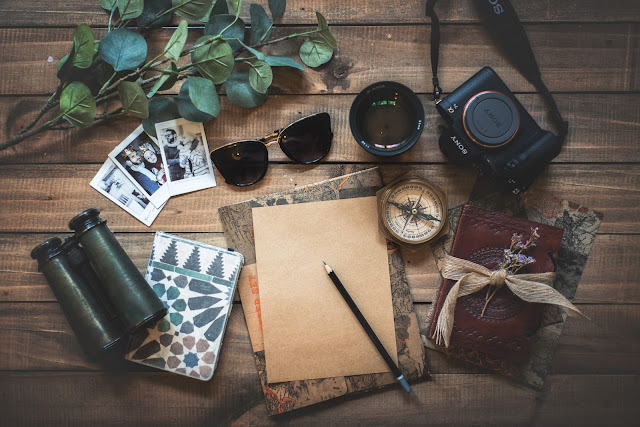
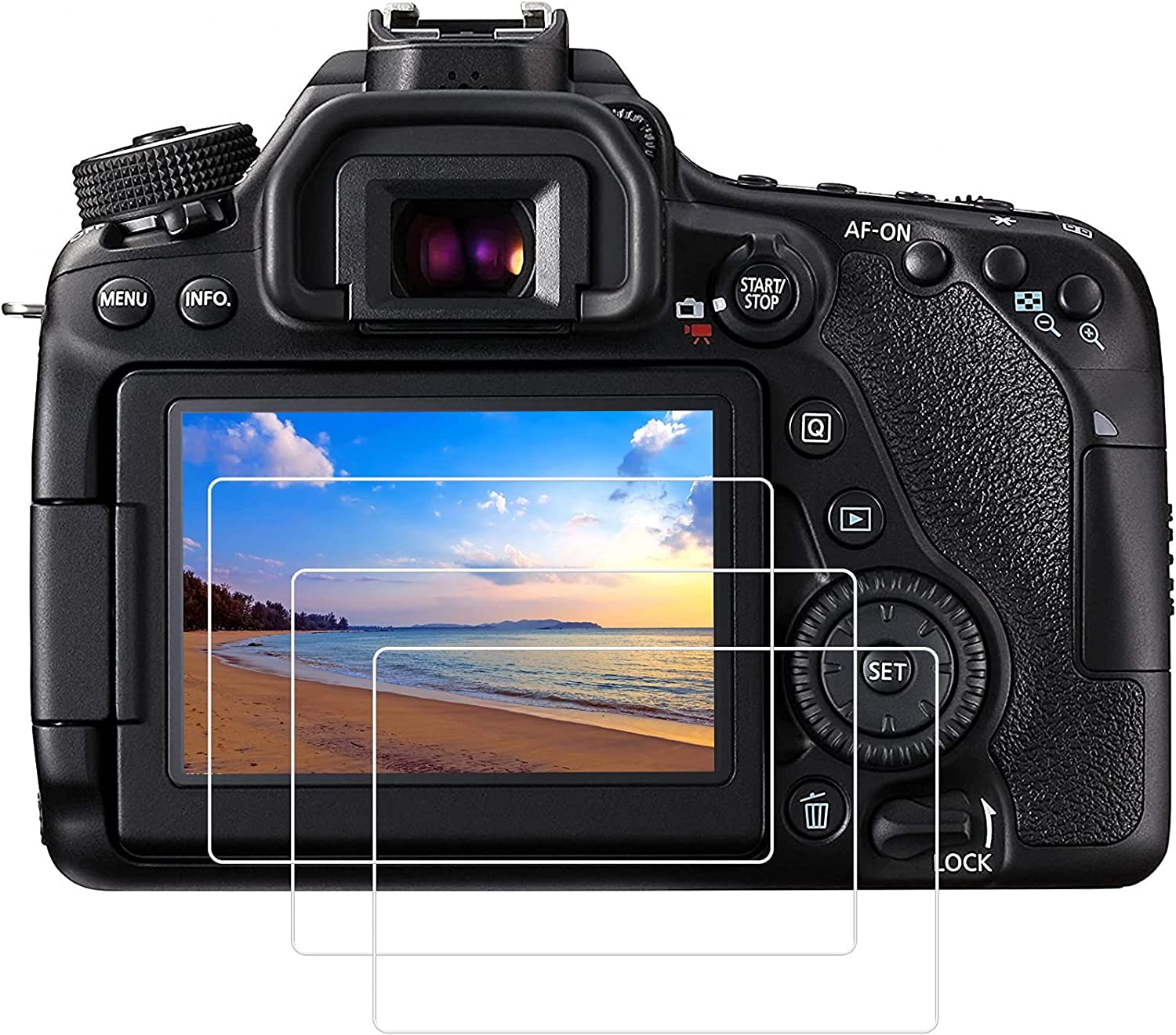
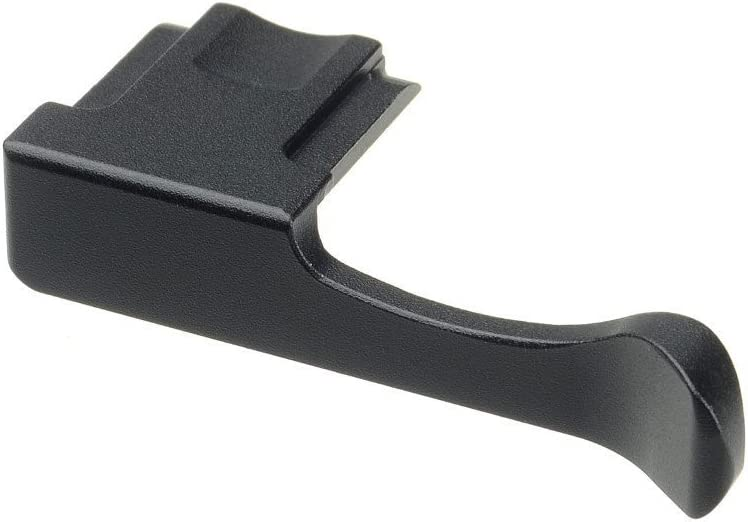


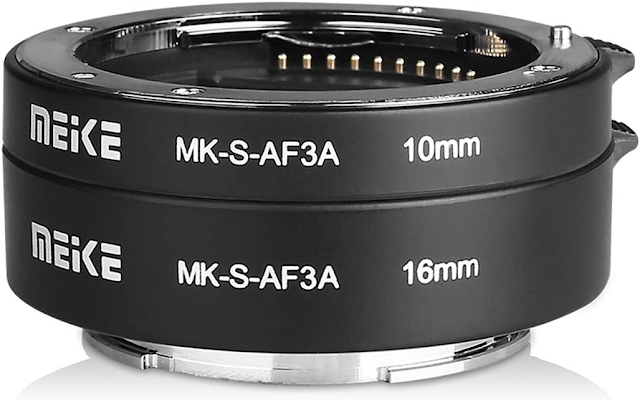

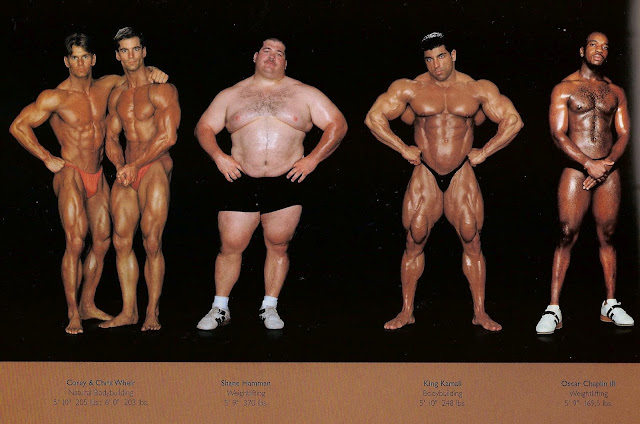
Comments
Post a Comment